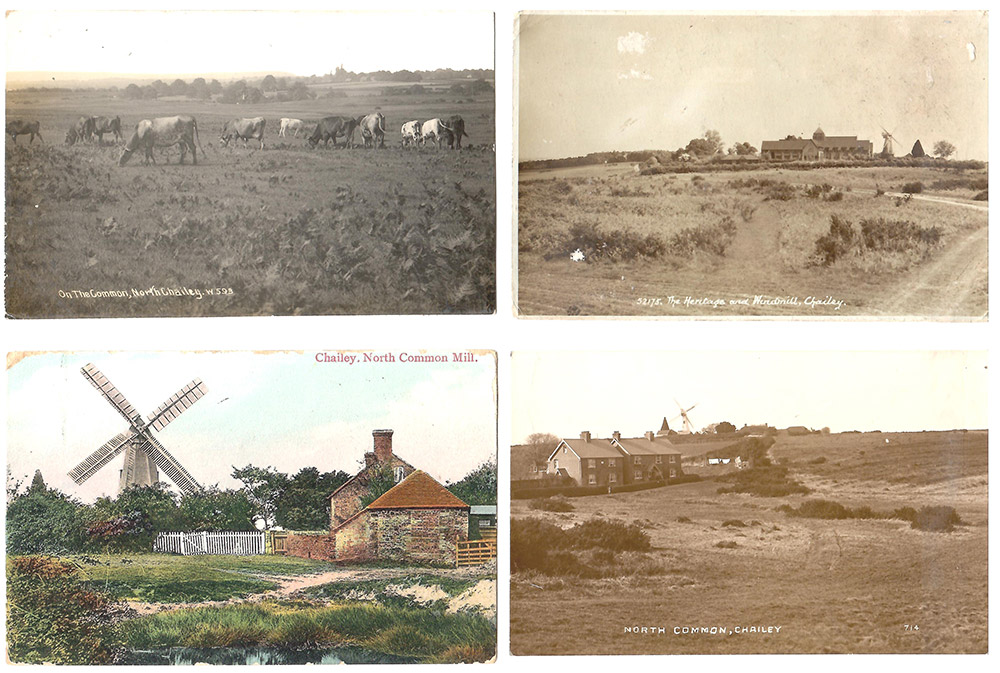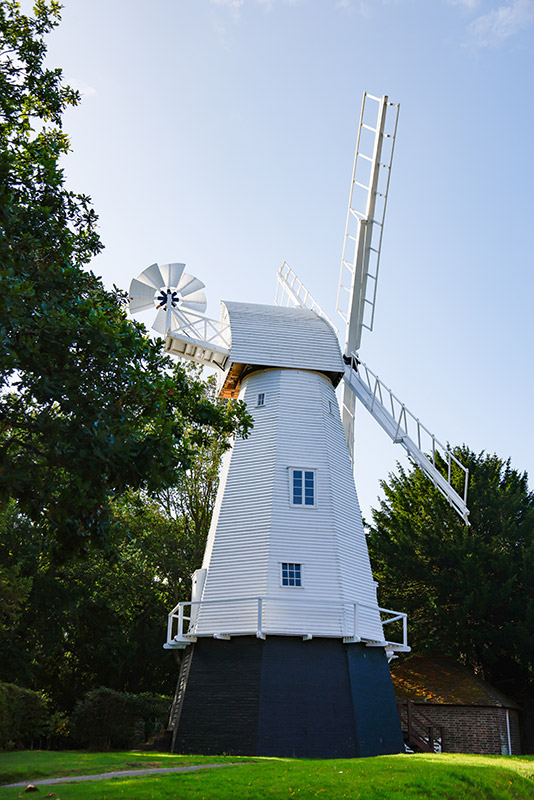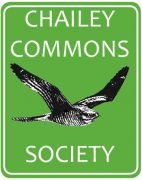History
The name “Chailey” allegedly derives from the Saxon word “chag”, which referred to the gorse and broom which grew in the area.
The earliest record of Chailey Common was in the Domesday Book 1086 when it was part of the estates of St Pancras’ Priory, Lewes. It was granted to Thomas Cromwell at the Dissolution in 1537 and then passed through the hands of Anne of Cleves, Sir William Goring and subsequently, the Manor of Balneath until the sale of the freehold in 1995.
Chailey Common escaped the 18th Century Enclosure Acts and due to its common land status, has remained undeveloped and unimproved. Years of grazing and cutting bracken by commoners resulted in an open, lowland heath habitat with a remarkable absence of trees as shown in the postcards.


During both World Wars, Chailey Common was used for tank training and military manoeuvres, particularly by Canadian troops. This has left many landscape features, some of which have become important ecological micro-habitats in their own right, as well as being of historical significance. If you wish to learn more please click here which will take you to various surveys and reports detailing some of the archaeology and military history.
Chailey Common LNR is a registered common under the Commons Registration Act 1965. However, many individuals and organisations now have responsibilities and obligations towards it as the freehold was sold to a range of parties including private individuals, Chailey Parish Council and a private company, North Common Freeholders Ltd.
While a succession of mills has stood at Red House Common since at least 1590, the current well-known landmark of Chailey Windmill is a Grade II listed smock mill erected in 1864 although actually built in 1830. Set on high ground overlooking much of the Commons, the windmill is managed by a Friends Group for the Chailey Parish Council.
